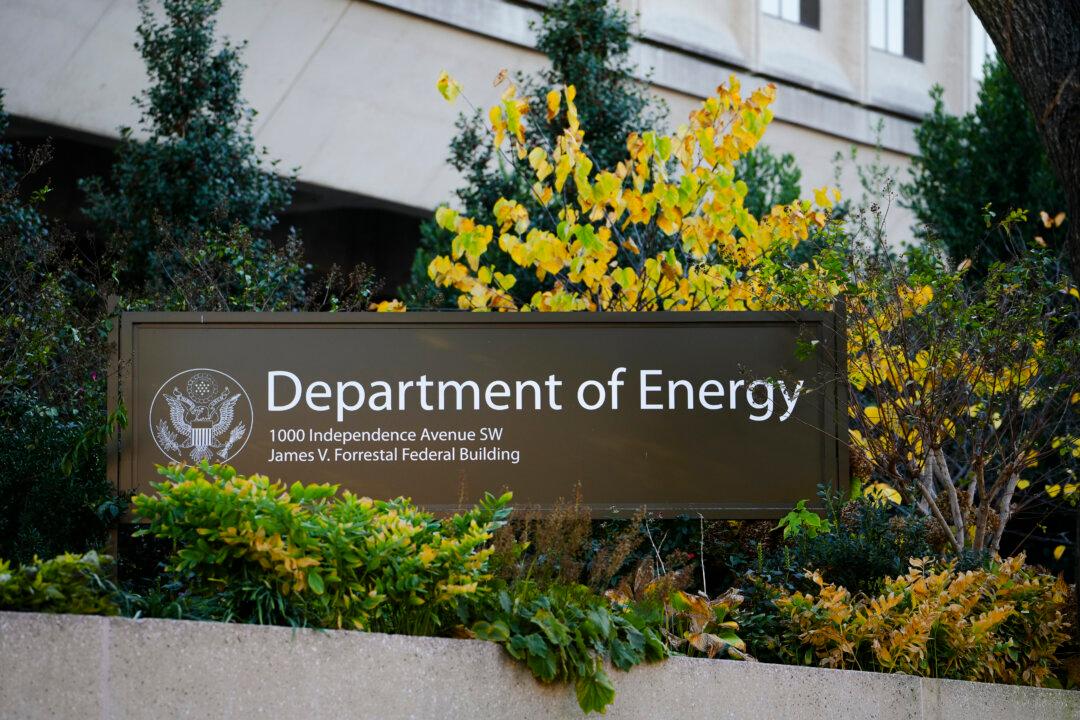Total bankruptcy filings, which include submissions from both individuals and businesses, were up by 9 percent on an annual basis.
When an individual resorts to Chapter 7 bankruptcy, the court assesses the value of his or her assets and sells them to pay off as many outstanding debts as possible. Any remaining debt is canceled. The individual gets to keep some of the assets that were exempted from the process.
“The 9 percent increase in total bankruptcy filings in April 2025, particularly the 16 percent surge in individual chapter 7 filings, reflects the mounting financial strain on households, elevated prices, and higher borrowing costs,” Michael Hunter, vice president of bankruptcy data provider Epiq AACER, said in a statement.
While individual bankruptcy filing numbers jumped in April, the country’s overall economic situation has improved over the past months, according to employment and inflation data.
Commercial Bankruptcy, Private Equity
According to the May 2 ABI statement, overall commercial bankruptcy filings made by businesses decreased by 12 percent in April on an annual basis.There was a 4 percent growth in subchapter V business filings, which “highlights the ongoing challenges for small businesses seeking relief, pointing to a broader need for accessible restructuring options,” Hunter said.
There are concerns about the role of private equity investments in business bankruptcies.
After analyzing bankruptcies of companies with more than $1 billion in liabilities, PESP discovered that seven out of 10 bankruptcies were of businesses owned by a private equity company, even though private equity only makes up 6.5 percent of the U.S. economy.
“This continues a troubling trend: in 2024, private equity-backed companies comprised 11 percent of all bankruptcies and 54 percent of large bankruptcies (those with over $1 billion in liabilities),” PESP said. “Just three months into 2025, the industry is already outpacing that track record.”
According to PESP, private equity focuses on short-term gains and rapid value extraction from businesses they invest in, thereby risking the long-term sustainability of the entities.
Focusing on rapid financial gains can result in “significant mismanagement” and instability, thereby pushing up bankruptcy rates among private equity-owned businesses.
“Bankruptcies are a key bellwether signaling the broader risks associated with private equity investments. For investors and the public alike, bankruptcy trends mark a critical moment and highlight the industry’s need for regulation and transparency,” the nonprofit said.







